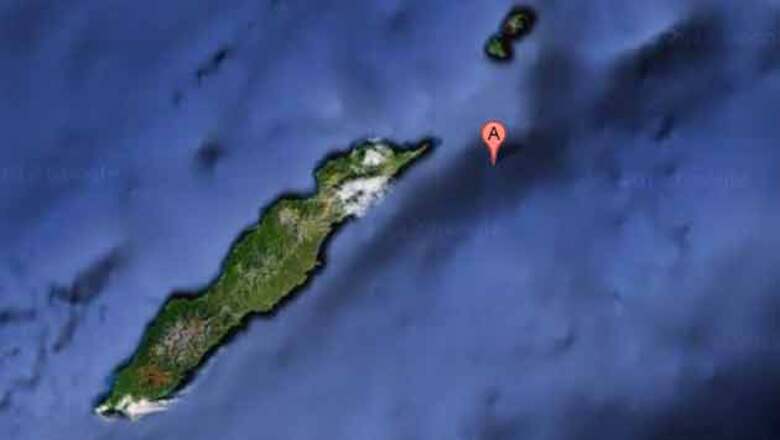
views
New York: The magnitude-8.6 earthquake that struck the Indian Ocean in 2012 may have had a calming effect on the other quakes in the world, a new study has claimed. The powerful quake near Sumatra, Indonesia, seemed to have actually quietened the global earthquakes, according to two reports presented at the Seismological Society of America's annual meeting in Salt Lake City.
The April 11, 2012 quake was the largest strike-slip shake-up (which moves horizontally) ever recorded, 'OurAmazingPlanet' reported. Although the quake triggered earthquakes worldwide for up to six days, however, once the triggered quakes stopped, there was a sharp drop in moderate earthquakes for more than three months, said Fred Pollitz, a geophysicist at the US Geological Survey's (USGS) California.
Pollitz noted the seismic monitors detected no earthquakes bigger than magnitude 6.5 for 95 days. Normally, quakes of this size hit every 10 days, he said.
"That is quite a rare occurrence. The chance of that happening is about 1 in 10,000," Pollitz said. Pollitz believes the Indian Ocean earthquake's unusually energetic seismic waves, which traversed shallowly through Earth's crust for long distances, could have shifted stresses on faraway faults, delaying earthquakes.
"Usually, these dynamic seismic waves only increase the chance of an earthquake at any distance. We've documented, for the first time, that they can also decrease the chance of an earthquake," Pollitz said. "We need to go back and look at these other earthquakes and see if this is a general pattern of a temporary increase and a longer-term decrease," Pollitz said.
The quake may have had a rare calming effect after some time had passed, it did, however, spark a global furry of quakes immediately, as many massive quakes often do. Tom Parsons, a USGS geophysicist, wants to know how often dangerously large temblors follow strong earthquakes.
"Every time we have a magnitude 7 or something larger, should the whole rest of the planet be concerned about the increase in hazard?" Parsons said. Parsons analysed hundreds of earthquakes of at least magnitude 7.0 in the past 30 years.
Only 24 of the 260 big earthquakes triggered large earthquakes globally. The study found that risk of earthquakes bigger than magnitude 5.0 translates to one or two per cent in the hours following a large earthquake.
















Comments
0 comment